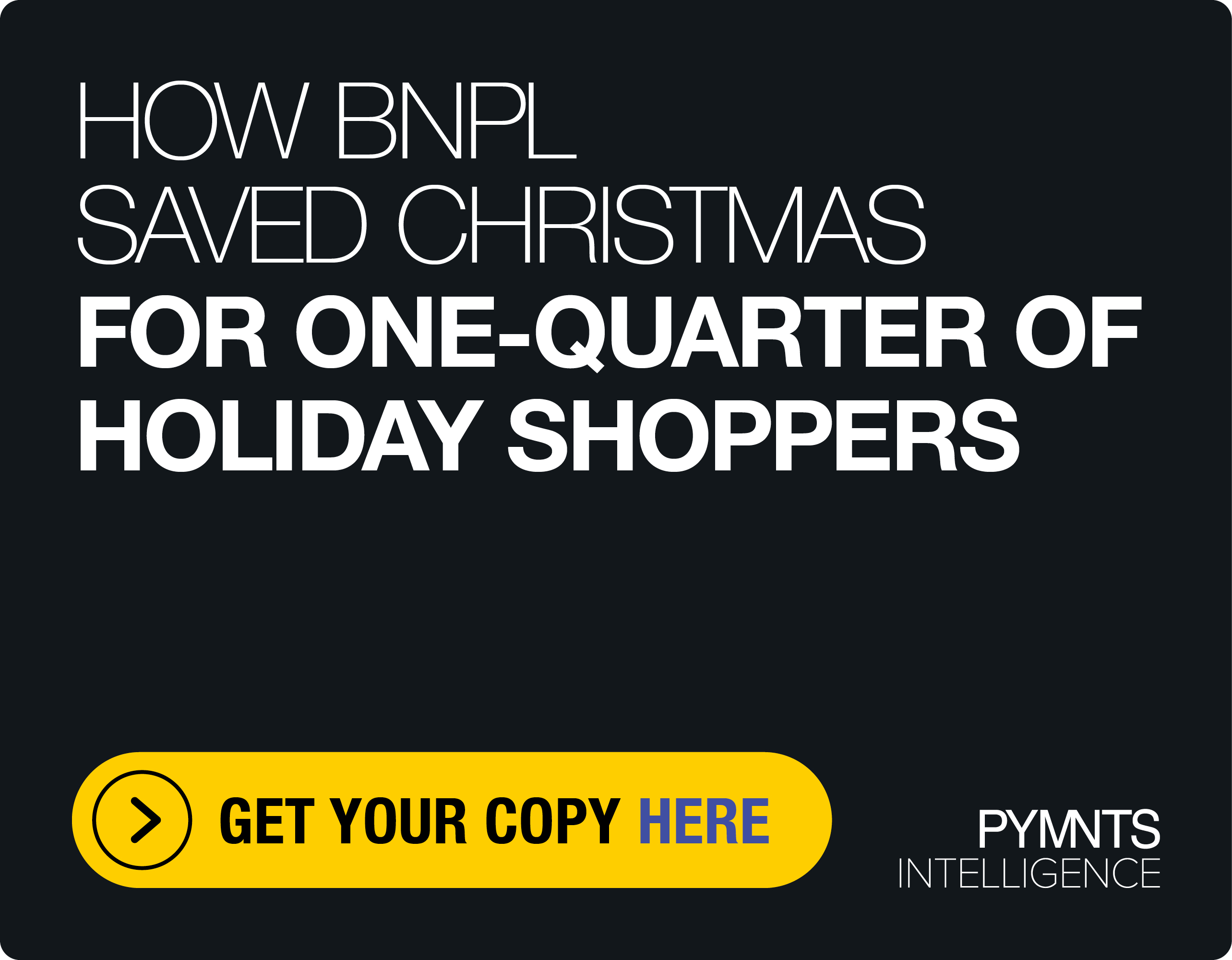This Week in Payments: Inflation Drives Shift in Customer Mix for Restaurants as Consumers Trade Down
Efforts to save money were prominent in the news this week, with reports that consumers are trading down from restaurants to groceries and news that Amazon has extended its Prime benefit to Amazon Fresh stores.
Restaurants and other businesses can respond to these trends with strategies that will keep their own customers coming back and buying more, said Paytronix CEO Andrew Robbins.
Robbins joined PYMNTS CEO Karen Webster to discuss this and other news in the latest installment of “This Week in Payments.”
First on the agenda, though, was another kind of business news: the 15th anniversary of the iPhone, which went on sale on June 29, 2007. This and the App Store, which followed a year later, launched the innovation that brought together the physical and digital worlds which we take for granted today.
Robbins said that over the history of the iPhone, Apple has trained consumers to expect to get more tech for the same price with each new generation of the product.
“I think there’s been massive tech deflationary pressures where for $600 or whatever, you get another camera, you get more processing power, you get something cooler — and people expect that everywhere,” Robbins said.
Apple has also consistently remained focused on the consumer, he added.
“The Apple II was all about the consumer, the iPod to listen to music wasn’t business-based, it’s all about your personal enjoyment, and they really have been in the forefront for that in the phone,” Robbins said.
Restaurant Customers Trade Down, Buy Groceries
This week also saw General Mills announce that consumers are doing more grocery shopping than dining out. During the company’s quarterly earnings call, CEO Jeff Harmening said that consumers are shifting from dining out to eating at home in order to save money.
Read more: Inflation Shifts Consumer Spending to Grocery, not Restaurants, Says General Mills
Robbins said Paytronix has data that corroborates a lot of things in that report. Paytronix has seen that restaurants have raised prices — though they’re not making any more money due to supply chain costs and labor costs.
It’s also been noted that while people still want to go out to eat, they are trading down. For example, the person who usually buys a $12 lunch might start going somewhere that offers a $9 lunch, and then may add a quick-service restaurant (QSR) or a place that offers a coupon for a $6 lunch.
People may also trade down by buying prepared food from the grocery store.
“If you’re in the low- to mid-end of restaurant expense, you’re going to see some trade down where higher-end people are going to come to you, but you’re going to lose some to grocery,” Robbins said. “So, you’re going to be fine, net-net, but you’ll see some shifting of people in the trade-down process.”
Businesses Try Loyalty Program, Subscriptions
The past week also saw Amazon announce that it was extending its Prime benefit to Amazon Fresh stores and offering 20% off selected items.
See also: Amazon Follows Grocery Loyalty Trend, Extends Prime Benefits to Fresh
Robbins noted that this ties into subscriptions, adding that subscriptions can be great for both consumers and businesses. In the case of Amazon, customers can save a fair amount of money with Prime, and the company can forecast what they are going to spend.
“I’m sure for every Prime member, [Amazon] can forecast a lot of additional spend — and spend into the future, not just looking back in history — so making sure they stay Prime members is huge,” Robbins said.
Robbins said Paytronix has seen that restaurants are making their loyalty programs work hard — like Prime — and are making them the center point for their communication strategy and digital marketing efforts.
“It can be a very simple message to consumers that you care as a brand, you care that they spend more with you and you’re trying to give them back for their patronage,” Robbins said.
Some are also experimenting with subscriptions, like Panera Bread, which has offered a subscription on coffee and extended it to fountain drinks.
Restaurants have found that customers with a subscription tend to buy more and visit more frequently — “I’ve got the subscription, why not stop there?” For example, while they’re at Panera for the drink, they might buy some food as well.
“I think it can be a little trickier to price than it is on a purely digital thing like Prime Video, but the math is there, and consumers do like to save money — and now is a good time to market saving money,” Robbins said.
